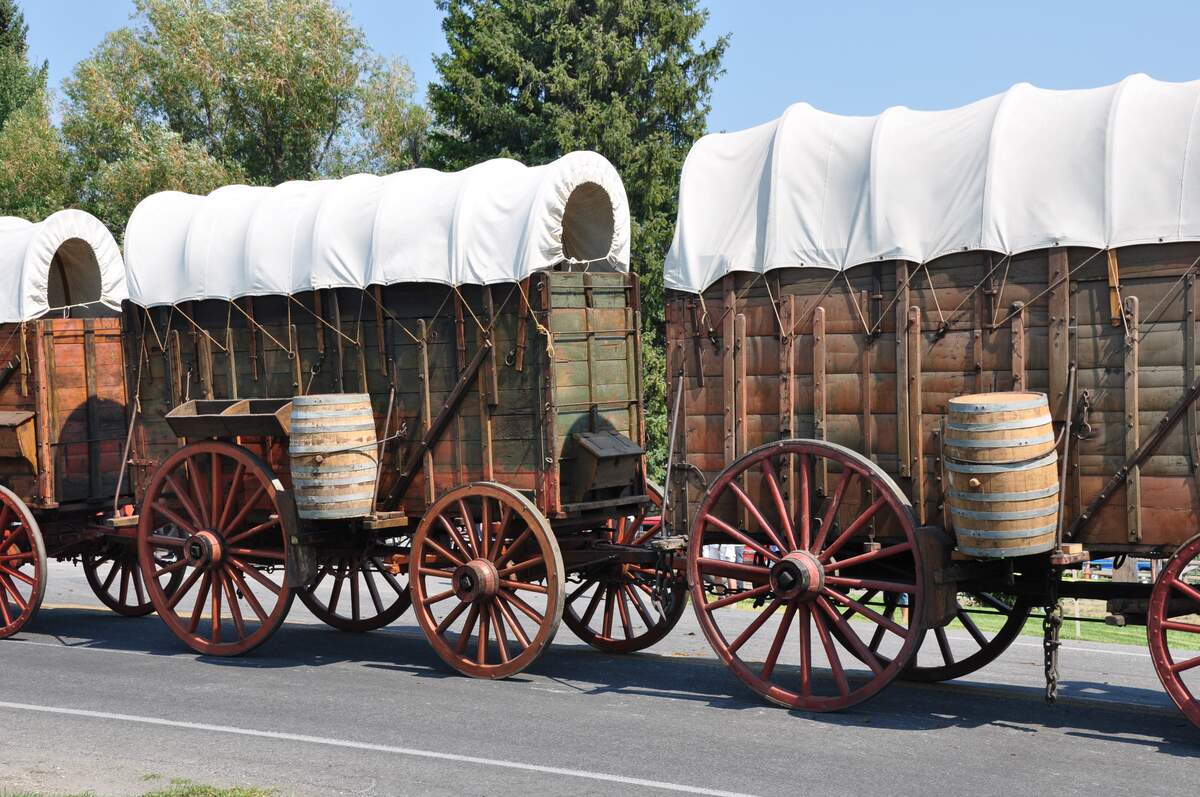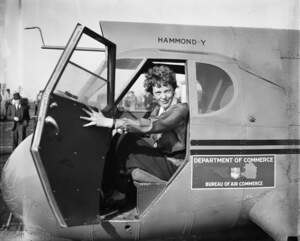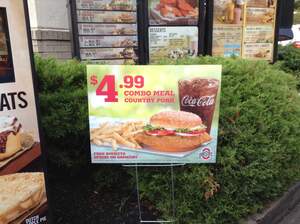

Pioneer Day
Also known as
Mormon Pioneer Day
Observed
annually on July 24th
Dates
Tags
History & Culture
Religion & Spirituality
Hashtags
Sources
https://en.wikipedia.org/wiki/Pioneer_Day
https://www.findlaw.com/state/utah-law/utah-legal-holidays-laws.html
https://www.loc.gov/item/today-in-history/july-24/
https://www.sltrib.com/news/2022/07/22/what-heck-is-pioneer-day-pie/
https://www.uen.org/utah_history_encyclopedia/p/PIONEER_DAY.shtml
https://www.upr.org/utah-news/2018-07-23/pie-and-beer-day-the-ironic-alternative-utah-holiday
https://www.visitsaltlake.com/blog/stories/post/the-top-10-pioneer-day-events-in-salt-lake/
Pioneer Day commemorates Brigham Young's entry with the first Mormon pioneers to the Salt Lake Valley on July 24, 1847. This was the place where the Latter-day Saints settled after being forced to leave Nauvoo, Illinois, and other parts of the eastern United States, because of religious persecution. They traveled across the plains and over the Rocky Mountains in covered wagons and with handcarts, in search of a place where they could practice their religion without interference from state or federal governments, and became the first non-Native people to settle the area. By the end of 1847, there were close to 2,000 Mormons living in the Salt Lake Valley.
The anniversary of the arrival of the group became known as Pioneer Day because the arrival is viewed as the founding of the Mormon homeland. Pioneer Day is primarily observed in Utah, where it is an official state holiday, but it is also celebrated in places in neighboring states where Mormon pioneers settled. Members of the Church of Jesus Christ of the Latter-day Saints observe the day—in Utah, in the United States, and around the world—and it is strongly connected to the church, but it is observed by many others as well, and the celebration is in honor of everyone who immigrated to the Salt Lake Valley during the pioneer years, regardless of their faith or nationality. Pioneer Day commemorates the settling, as well as the bravery, physical endurance, and strength of character of the settlers. It also celebrates the Native people who were already living in the area: there is an Intertribal Powwow at Liberty Park in Salt Lake City, honoring the cultural heritage and contributions of Native Americans, which is part of the annual Native American Celebration in the Park.
Activities abound on Pioneer Day, with parades, fireworks, rodeos, speeches, games, music, feasts and potlucks, dances, and sporting events being some of the most common. The epicenter of the celebrations is in Salt Lake City, which has the Days of '47 Parade. The parade lasts about three hours and is attended by 200,000 people on average. Some Latter-day Saints walk parts of the Mormon Trail and reenact entering Salt Lake Valley by handcart. Many government offices and businesses are closed in Utah. Being that it is such an important holiday there, it is regularly referred to as "The 24th," just as many people refer to Independence Day as "The 4th." It isn't a surprise, then, that these holidays have similar types of energy. However, if the 24th lands on a Sunday, the official observance is on the following Monday, and many of the festivities are held on the day before, on Saturday.
There were commemorations of the arrival of the first settlers almost from the beginning. A commemoration was held on July 24, 1849, on the second anniversary of the group's entry. Early in the morning, bishops from almost twenty Latter-day Saints congregations marched to Temple Square (now home to the Salt Lake Temple and Salt Lake Tabernacle), led by the Nauvoo Brass Band. They were met later by a procession with Brigham Young, who marched from his home. Young conducted a devotional, and a thanksgiving feast followed.
Pioneer Day was observed in the 1850s, but following the Utah War of 1857 and '58, when federal troops occupied the Utah Territory, observations were muted. But the Mormon Corridor spread into the Intermountain West and Pioneer Day followed it, later in the 1860s and in the 1870s. There were large celebrations for Pioneer Day in 1880 because it was the fiftieth anniversary of the Church's formal organization. But anti-polygamy laws put a damper on celebrations throughout the decade, making them more subdued and informal. In 1886, there was a theme of mourning: the Salt Lake Tabernacle was decorated in black instead of the usual festive colors, and eulogies were given to those who were in hiding or in prison on account of anti-polygamy laws.
By the time of the fiftieth anniversary of the arrival of the first Mormon pioneers to Salt Lake Valley, in 1897, not only was this anniversary celebrated, but so was the completion of the Salt Lake Temple, Utah statehood, and the receding of the polygamy issue. Large celebrations took place in 1947 and 1997 for the centennial and sesquicentennial. Over the years, the day and celebrations around it have been called names like Covered Wagon Days and the Days of '47. Pioneer Day has become more of a secular celebration in the twenty-first century. But criticism has also been lodged at it for not doing enough to include non-Mormons, and some have started celebrating Pie and Beer Day—a play on words—in its stead, with homemade pies and craft beers, in a state with some of the most restrictive alcohol laws in the country.
How to Observe Pioneer Day
If you can make the trip to Utah, there are many activities you could take part in there. If you can't make the trek, there are still many ways you can celebrate. Some ideas for the day include:
- Attend the Days of '47 Parade.
- Go to the Utah Days of '47 Rodeo.
- Explore Temple Square.
- Take part in the Native American Celebration in the Park.
- Stop at This is the Place Heritage Park. View the This is the Place Monument and participate in special events being held at the park in honor of Pioneer Day.
- Walk the Mormon Pioneer National Historic Trail.
- Attend a fireworks display. You could also shoot off your own fireworks.
- Have some pie and beer in honor of Pie and Beer Day. Check for official events being held in Salt Lake City.
- Read a book such as I Walked to Zion, Brigham Young: Pioneer Prophet, The Gathering of Zion: The Story of the Mormon Trail, or The Book of Mormon.





















